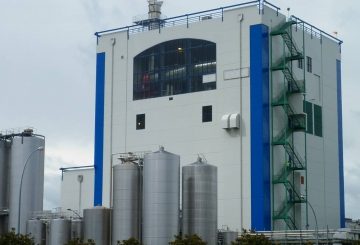気候変動委員会は、温室効果ガス排出量を年間2,700万トン未満に削減するという新しい目標を達成するために、ニュージーランドは2040年までにガソリン車の輸入を停止する必要があると述べています。同委員会は、ニュージーランドが現在取り組んでいる取り組みは国際基準を満たしていないため、2050年の気候目標を引き上げるべきだと考えています。
委員会はまた、ニュージーランドが国内を行き来する飛行機や船舶から排出される温室効果ガス排出量を気候目標に含めるべきだと提案しました。これらの排出量は、2019年には国の総排出量の 9% を占めていましたが、抜け穴がよくあるため、現時点では含まれていません。
欧州委員会は2036年から2040年にかけて新たな排出量上限を提案した。これにより、2035年までに輸入される新車のほぼすべてが電気自動車になり、2040年までに地域の飛行機旅行の 13% が電気自動車になることが義務付けられる。委員会はまた、牛乳生産量は現在の水準にとどまるが、牛の数が減り、酪農から園芸への移行が進むと予測している。
委員会は大気質の改善だけで年間27億ドルの節約になるため、予算案を満たすことで行動を起こさない場合よりも多くの経済的利益がもたらされると考えている。現在の2050年の目標は、二酸化炭素と亜酸化窒素の排出量を正味ゼロにし、2017年のレベルと比較してメタン排出量を24〜47%削減することです。
委員会は政府に最終提言を行う前に、これらの提案に対する一般市民の意見を求めている。委員会はまた、排出量の削減が実質的に進展することを確実にするために、今後10年間の同国の排出予算を引き締めたいと考えている。
委員会の分析草案によると、家畜からのメタンを除くと、ニュージーランドは2040年頃までにカーボンニュートラルになる可能性がある。二酸化炭素排出量の削減への移行期間中も、経済は成長を続けると予想されます。委員会の提案は5月31日まで一般公開されており、年末までに最終勧告を政府に提出する予定です。





























































